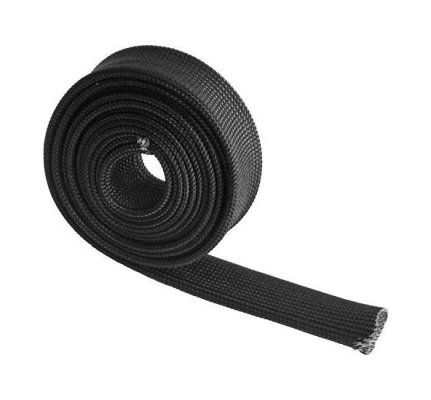Grahambda
Veteran Member
- Joined
- Oct 5, 2015
- Messages
- 84
- Location
- Cayman Islands
- Vessel Name
- Bom Dia
- Vessel Make
- DeFever 44 OC
What are your thoughts on whether engine cranking and thruster/windless batteries should be fused? Getting mixed responses; one camp feels that they can draw so much it will blow a fuse when you need it most, and another camp says absolutely fuse- to stop the wire melting. Check out PYC Jeff Cote Youtube vid (PYC has some great info, worth subscribing to his channel)

